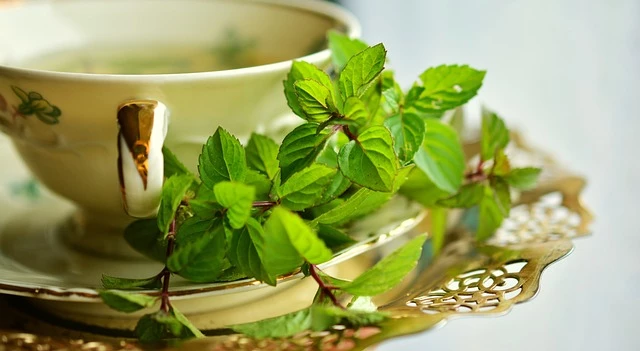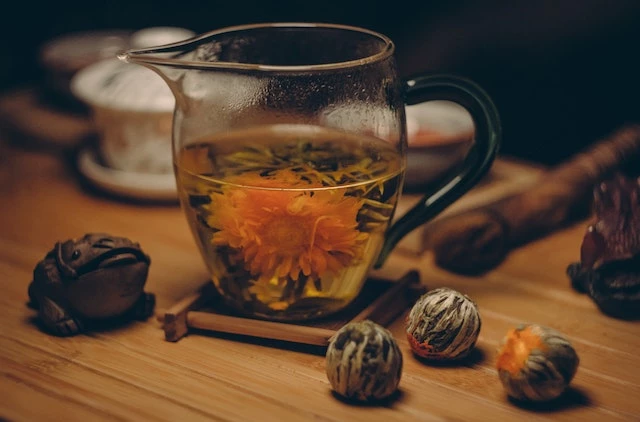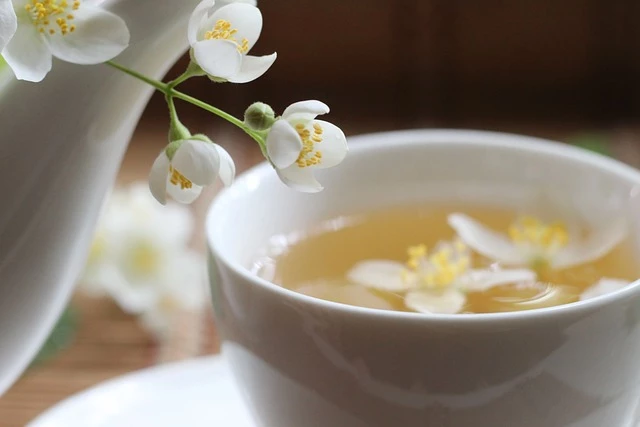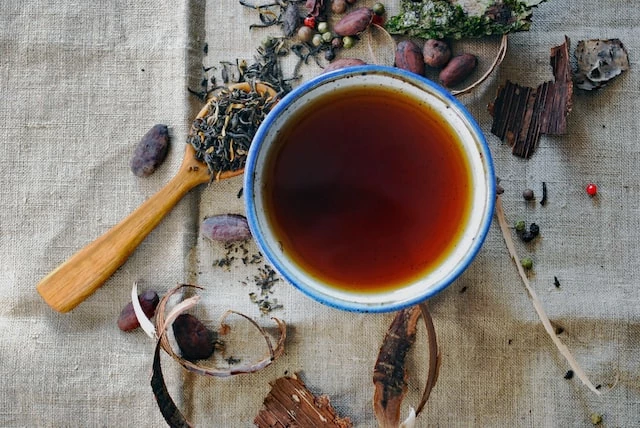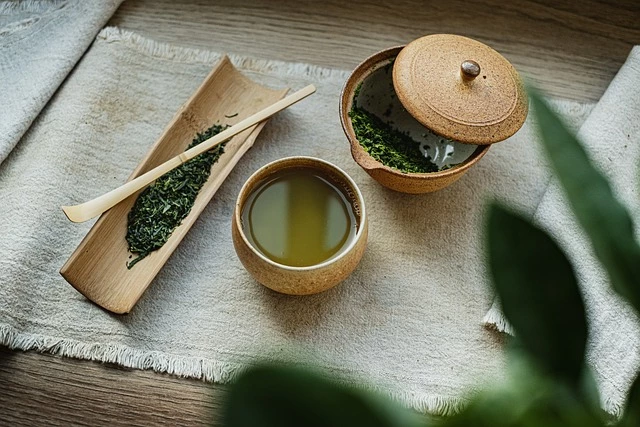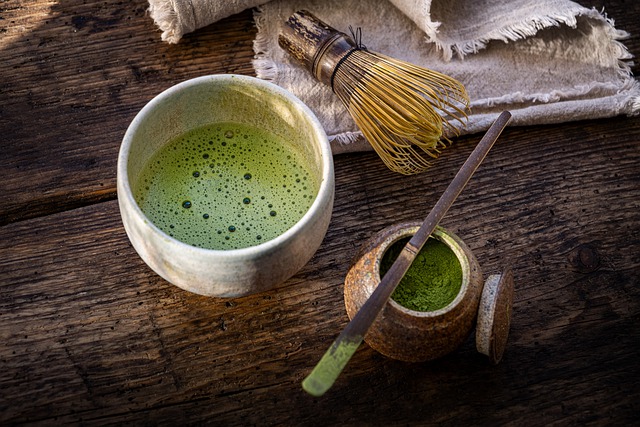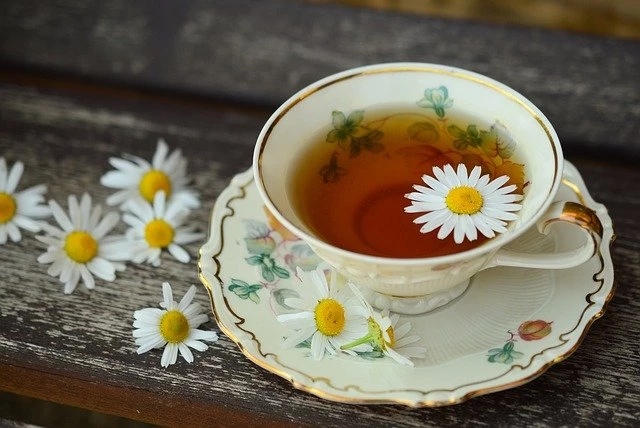How To Find The Best Oolong Tea
Feb 14 2022 Tea Knowledge
Although oolong tea is delicious and healthy, it only makes up about 2% of all the tea in the world. Oolong tea contains caffeine but it depends on the type of oolong tea. It’s a partially-oxidized tea that falls between green tea and black tea brews. This oxidation process is what gives it its signature taste and health benefits like:
- Reduced stress
- Weight loss
- Cancer prevention
- Heart health support
- Better brain and cognitive function
- Bone health support
- Skin condition support
So the next time you’re craving a cup of tea, reach for oolong, You just might love what you taste!
*Hey there, tea lover! This list is based on ratings, best-sellers, and trusted tea reviews. We researched tons of oolong teas to find the very best recommendations for you. So heat up your kettle, sit back, and enjoy!
The best Chinese oolong teas
Oolong is a traditional Chinese tea that’s made from the same plant as green and black tea. The biggest difference between Chinese oolong and other teas is its oxidation process.
Green tea isn’t oxidized at all. Black tea is crushed first, which enhances oxidation. And oolong is right in the middle. It’s wilted and then bruised which results in partial oxidation. This is how Chinese oolong gets its signature rich and slightly astringent taste. Here are some popular Chinese oolong teas to try out:
The Tea of Tea Royal Phoenix Oolong

The Tao of Tea Royal Phoenix Oolong The Tao of Tea Flavor: Royal Caffeine: High Caffeine
This loose-leaf brew is crafted by Smith Teamaker in Portland, Oregon. They’ve been making Phoenix Oolong for 60+ years and they’ve cultivated a truly delicate blend. Expect to taste deep sweet plum, brown sugar, and floral notes. Phoenix Oolong lovers may also enjoy health benefits like:
- Blood sugar control
- Polyphenol antioxidants
- Decreased risk of type 2 diabetes
Tea Palace Iron Goddess of Mercy

Tea Palace Iron Goddess of Mercy Tea Palace Flavor: nutty, slightly sweet taste Caffeine: Medium Caffeine
Also known as Tie Guanyin, Iron Goddess of Mercy is only crafted twice each year. It’s a smooth, rich, and aromatic blend of chestnut and apricot notes. Tea lovers who steep this loose-leaf brew may look forward to:
- Heart health support
- Decreased risk of stroke
- Lower blood pressure
The Republic of Tea Wuyi Oolong Tea

The Republic of Tea Wuyi Oolong The Republic of Tea Flavor: Wuyi Oolong Caffeine: Medium Caffeine
This tea leaves hail from the Wuyi Mountains in southeastern China. It’s the likely birthplace of traditional oolongs. This brew has an earthy taste with notes of mushroom and slight astringency. It’s another loose-leaf tea that’s perfect with nearly any and every meal. Plus, you get to enjoy common oolong tea benefits like:
- Improved brain function
- Weight loss aid
- Cancer prevention
The best Taiwanese oolong teas
Taiwanese oolongs are similar to Chinese oolongs, but there are some key differences. First, Taiwanese oolongs are baked at lower temperatures. And, they’re not as oxidized as their Chinese counterparts so they’re a little more astringent.
In general, Taiwanese oolongs are only harvested five times a year. And because of Taiwan’s climate, these teas are often highly praised. Get started with these incredibly delicious Taiwanese oolong brews:
Vahdam High Mountain Oolong Tea

Vahdam High Mountain Oolong Tea Vahdam Teas Flavor: Oolong Caffeine: Medium Caffeine
High mountain oolong (or gao shan) is a kind of tea grown in Taiwan above 1,000 meters in altitude. The altitude gives it a lighter, less oxidized taste. It’s similar to green tea in terms of both flavor and taste. High mountain tea lovers may reap health benefits like:
- Enhanced memory
- The better focus during the day
- Stress relief
The Tea of Tea Black Dragon

The Tao of Tea Black Dragon The Tao of Tea Flavor: Black Dragon Oolong Tea Caffeine: Medium Caffeine
Four Seasons is a special type of high mountain oolong tea. It’s picked and processed by hand with lots of care. And it has a light, pleasant, and slightly sweet taste. Anyone who brews this deliciously floral brew may look forward to benefits like:
- Decreased body fat
- Boosted metabolism
- Decreased risk of obesity
Dong Ding (Tung-Ting)
Dong Ding is another special type of high mountain Taiwanese oolong tea. It means “frozen summit” and it’s named after the Wuyi Mountains in China where it’s grown. Dong Ding is traditionally picked by hand, withered, bruised, then left to oxidize. The leaves are rolled by hand then fired with charcoal. Dong Ding may have health benefits including:
- Accelerated metabolism
- Decreased risk of heart disease
- Lower cholesterol
How to brew oolong tea
Oolong teas are best brewed with shorter, but several, steeps. This is known as Small Pot or Gong Fu style, and here’s how to do it:
#1: Boil fresh spring water
Bring a small pot of filtered or spring water to a boil. You can also use a temperature-controlled tea kettle. Let the water reach between 200°F and 250°F for best results.
#2: Place the tea leaves
Most oolong teas are loose leaf teas. Measure how much you need and place the leaves directly in your teapot, strainer, or infuser.
#3: Rinse the leaves
Pour the hot water over the tea leaves for about five seconds. Discard the water in your teapot or cup. This rinses the leaves, unfurls them, and prepares them for the first steep.
#4: Steep the leaves (a few times)
Next, pour the hot water over the tea leaves again and let it sit for about 10 – 20 seconds. Pour the water into another pot. Keep pouring hot water over the leaves for a few seconds at a time until the tea matches your preference. Notice the changes in color and taste with each steep.
#5: Enjoy your Gong Fu style oolong tea
Your tea is ready when you no longer notice a change in tea strength after a steep. Pour the oolong tea into teacups to drink with any meal or enjoy with loved ones.
Health benefits of oolong tea
Oolong is a tasty tea that’s steeped in tradition. And not only do tea lovers enjoy the taste, but they also enjoy countless health benefits like these:
Weight-loss support
Oolong tea has bioactive compounds that help aid in weight loss and prevent obesity. These compounds include antioxidants and enzyme inhibitors.
Lowered blood pressure
Tea drinkers who have 6+ cups a day showed reduced blood pressure levels. Oolong tea may also reduce the risk of heart disease and stroke in people who drink 1 – 2 cups per day.
Enhanced sleep
Oolong tea has l-theanine. It’s a type of amino acid that aids in relaxation and better sleep. So if you need a little nudge to help you fall asleep faster, or stay asleep longer, oolong may be the solution.
Lower cholesterol
Oolong tea has catechins, a type of antioxidant found in many kinds of tea. It’s what’s responsible for lowering cholesterol, fighting fat, and reducing triglycerides.
Final thoughts and top picks
Oolong tea lovers everywhere enjoy its signature floral taste. And they also get to enjoy its countless health benefits. It’s a traditional beverage that’s perfect for any meal and nearly any time of day. check out all the oolong teas.
Also, read our other articles about the best teas!
How To Choose The Best Rooibos Tea
How To Choose The Best Yerba Mate Tea
How To Find The Best White Teas & Their Benefits
How To Choose The Best Pu-Erh Tea
Ultimate Guide To The Best Green Tea In The World
The Ultimate Guide To Choosing The Best Matcha Tea
How To Choose The Best Black Tea
Types of Herbal Teas & Their Benefits





